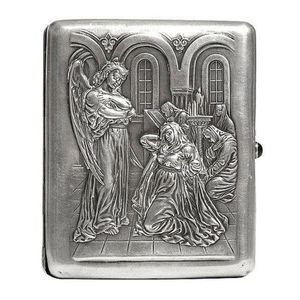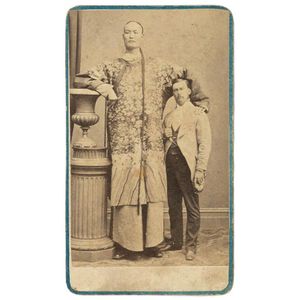Oscar Roty's Silver Plated Exhibitor's Medal from 1893
You must be a subscriber, and be logged in to view price and dealer details.
Subscribe Now to view actual auction price for this item
When you subscribe, you have the option of setting the currency in which to display prices to $Au, $US, $NZ or Stg.
- Laurel Leaf - The use of the laurel leaf as a decorative element can be traced back to ancient Greece and Rome, where it was closely associated with victory and honour. In these cultures, the laurel was a sacred tree that was dedicated to the god Apollo and was believed to have protective and healing properties.
In ancient Greece, the laurel wreath was awarded to victors in athletic competitions, such as the Olympic Games, as a symbol of their achievement. The wreath was also associated with academic achievement, and was often worn by scholars and poets. The Greeks also used the laurel leaf as a symbol of victory in war, and it was often depicted in artwork alongside images of triumphant warriors and heroes.
The Romans continued this tradition, and the laurel wreath became a symbol of the highest military honor, the triumph, awarded to victorious generals. The wreath was also used to crown emperors and other important officials, and was often depicted in Roman art and architecture as a symbol of power and authority.
The laurel leaf is still used as a symbol of achievement, success, and excellence, and is frequently used in logos, emblems, and other branding materials. Its association with victory and honour has made it a popular choice for awards, medals, and other forms of recognition. - Bronze - An alloy of copper and tin, traditionally in the proportions of about 9 parts of copper to 1 part of tin.
The discovery of bronze in Western Asia in the 4th century enabled people to create metal objects which were superior to those previoulsy possible because of its strength and hardness, and it has been used throughout the world for weapons, coins, tools, statuary and other decorative items.
It is very fluid in a molten state, and its hardness, strength when set, and non-corrosive properties makes it most suitable for casting sculpture.
This item has been included into following indexes:
Visually similar items

La Bosnie Herzegovine, A L'Exposition, Universelle, 1900, a silver plated bronze plaque by H.Kautsch. Reverse H.Kautsch 1900/Paris/Recevant/La Bosnia/Herzegovine. (10 x 8 cm)

Russian silver cigarette case by Ivan Khlebnikov, Moscow, circa 1890, the repouss© lid depicting scene from Mikhail Lermontov's epic poem 'Demon' with garnet thumb-piece

(Chang Woo Gow 1841 - 1893), Chang the Chinese Giant, Ballarat, 1870, Albumen print photograph of carte-de-visite 106 x 62 mm, verso imprinted for Bardwell's Royal Studio, Opposite the Theatre Ballarat. Chang Woo Gow (born in Canton, China) visited Austral

1912 Stockholm Stick Pin, rectangular, 22 x 27 mm, with design similar to the Official Games poster, sometimes referred to as the fl ag bearer's pin. Ex William Alexander, manager of Australasia's (Australia & New Zealand combined) Athletics team
